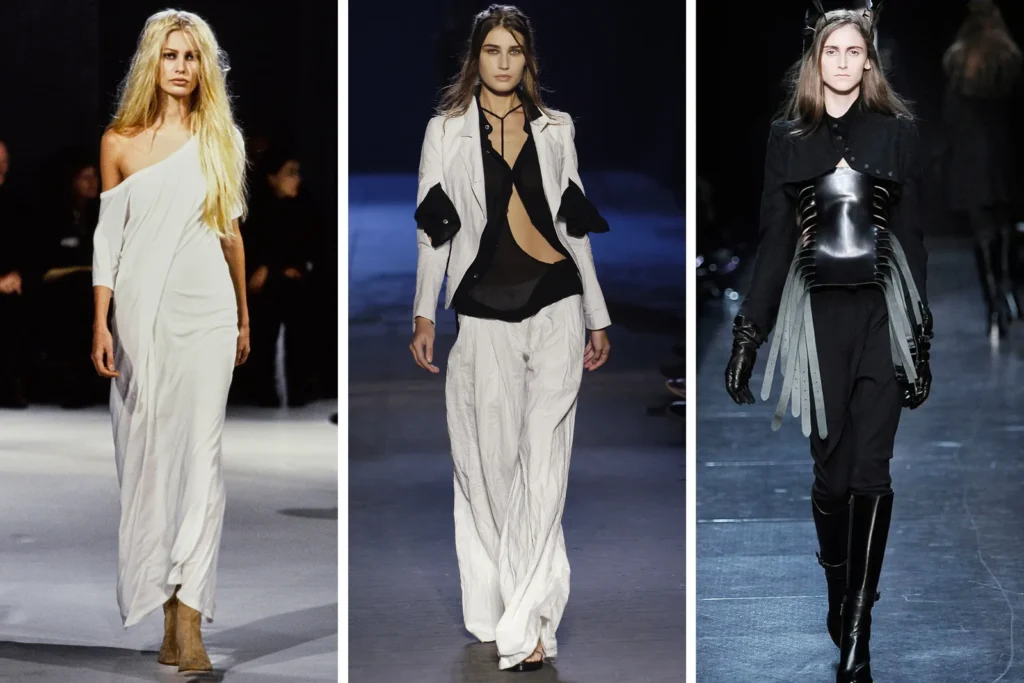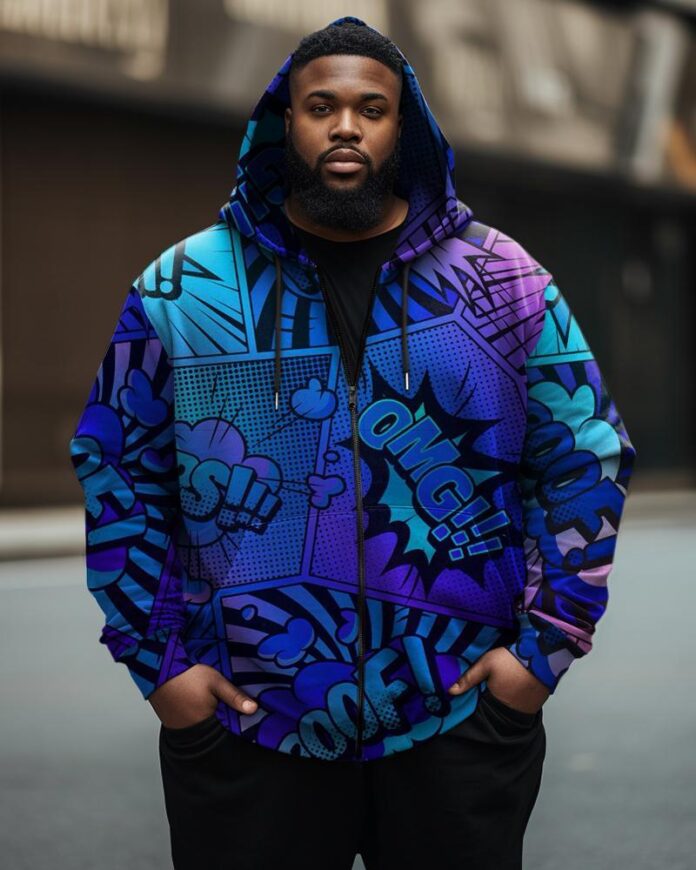
Designer clothing, the epitome of fashion creaFashion’s Folly: Unmasking the Overrated Obsession with Designer Clothingted by prestigious brands like Philipp Plein, Louis Vuitton, Fendi, Dolce & Gabbana, and others, often comes with a hefty price tag. Renowned for their high quality, exclusivity, and style, these brands raise the question: Are designer clothes truly worth the hype and the exorbitant prices they demand, or are they overrated and overpriced?
In this article, we will delve into the pros and cons of designer clothing, drawing from various sources and opinions. Additionally, we will explore the factors that influence the perception and popularity of designer brands, determining whether they justify their value.
Table of Contents
The Advantages of Designer Clothing
There are undeniable advantages to purchasing and wearing designer clothing, including:
Superior Quality: Designer luxury clothing is crafted using top-notch materials, meticulous craftsmanship, and an unwavering attention to detail. These garments are designed to outlast mass-produced alternatives, offering a better fit, enhanced durability, and an overall refined appearance. In comparison to cheaper options, they often provide greater comfort and functionality.
Stylish Appeal: Designer clothing consistently leads the way in fashion trends, presenting fresh and innovative designs each season. It showcases the personal vision and creativity of the designer, which resonates with customers who appreciate artistry and aesthetics. By choosing designer clothing, individuals can express their individuality, taste, and status through their fashion choices.
Prestige and Status: Designer clothing exudes luxury, exclusivity, and sophistication. Wearing these garments can boost self-confidence, enhance self-esteem, and improve one’s social image. Furthermore, donning creator clothing can serve as a visible signal of wealth, success, and influence. Some pieces even appreciate in value over time, becoming sought-after collector’s items.
The Drawbacks of Designer Clothing

However, there are also drawbacks and criticisms associated with designer clothing:
Price: The exorbitant prices attached to designer clothing have become notorious. A single item can often cost hundreds or even thousands of dollars. The high price tag may not necessarily reflect the actual cost of production, but rather the brand name, marketing, and perceived value. Many individuals find it financially unfeasible to invest in designer clothing or consider such expenditure unreasonable for mere apparel.
Unfulfilled Expectations: Designer clothing may fail to live up to the lofty expectations and hype surrounding them. Some customers may discover that these garments are not as unique, stylish, or flattering as anticipated. Certain creator brands may rely on reputation and popularity rather than innovation and quality. Consequently, some individuals may perceive designer clothing as overly mainstream, conformist, or pretentious.
Ethical Concerns: Designer clothing may give rise to ethical concerns regarding production and consumption practices. Some designer brands have been accused of utilizing unethical methods, such as exploiting workers, causing harm to animals, or contributing to environmental damage. In light of these issues, certain individuals question the morality of spending substantial amounts of money on clothing when there are pressing social and environmental problems to address.
The impact on society
The impact of it on society is far-reaching and encompasses various aspects of our culture and values. This section explores the effects that creator clothing has on individuals, communities, and society as a whole.
Reinforcing materialistic values:
Designer clothing often promotes a culture of materialism, where the focus is on acquiring expensive and branded items. This emphasis on material possessions can contribute to shallow values and a lack of contentment.
Perpetuating social inequality:
It can create a visible divide between social classes. High price tags and exclusivity make these brands unattainable for many, exacerbating the gap between the rich and the poor. This perpetuates a sense of social inequality and can breed feelings of inadequacy or exclusion.
Shaping consumer behavior and perception:

This heavily influences consumer behavior, as individuals aspire to own these coveted brands. Advertisements, celebrity endorsements, and media portrayals reinforce the idea that it equates to success and desirability. This shaping of consumer perception can lead to excessive consumption and the prioritization of brand names over personal style or individuality.
Alternative perspectives on fashion and style:
Despite the dominance of it, there are alternative perspectives on fashion that challenge its influence. Sustainable fashion movements, second-hand shopping, and the rise of independent creators promote values such as ethical production, individual expression, and affordability.
Evaluating the value
Evaluating the value of it requires a careful examination of personal preferences, financial circumstances, and the benefits and drawbacks associated with these high-end brands.
Firstly, individuals must consider their personal preferences and priorities. Some may value the quality, craftsmanship, and unique designs offered by it. For them, the value lies in the exclusivity and prestige associated with these brands. Others may prioritize personal style, individuality, and the freedom to express themselves through fashion, regardless of brand names.
Secondly, financial circumstances play a significant role in evaluating the value of it. High price tags can make these brands inaccessible for many individuals, and affordability becomes a crucial factor to consider. It’s important to weigh the potential financial strain against the perceived value of owning these items.
Lastly, weighing the benefits and drawbacks is essential. While these brands may offer superior quality and the latest trends, they also come with rapid changes in fashion and potential environmental and ethical concerns. Individuals must assess whether the benefits of owning it outweigh these drawbacks and align with their values.
Ultimately, evaluating the value is a subjective process that requires introspection, consideration of financial circumstances, and a critical analysis of the benefits and drawbacks associated with these brands. It is important to make informed choices that reflect individual values and personal style.

The Final Verdict
So, is designer clothing truly overrated? The answer largely depends on an individual’s personal preferences, values, and goals. For some customers, investing in designer clothing may offer a gratifying and fulfilling experience that enhances their quality of life. On the other hand, for others, creator clothing might be viewed as a squandering of resources and finances that do not align with their needs or beliefs.
Ultimately, the value of creator clothing remains subjective and relative. What truly matters is that customers make informed and conscious decisions about their clothing purchases, basing their choices on their own set of criteria and standards.















![16 Best Men’s Loafers 2023 [ BEST PREMIUM BRANDS ] best mens loafers](https://www.menshairstylesx.com/wp-content/uploads/2019/10/best-mens-loafers-1-100x70.jpg)
